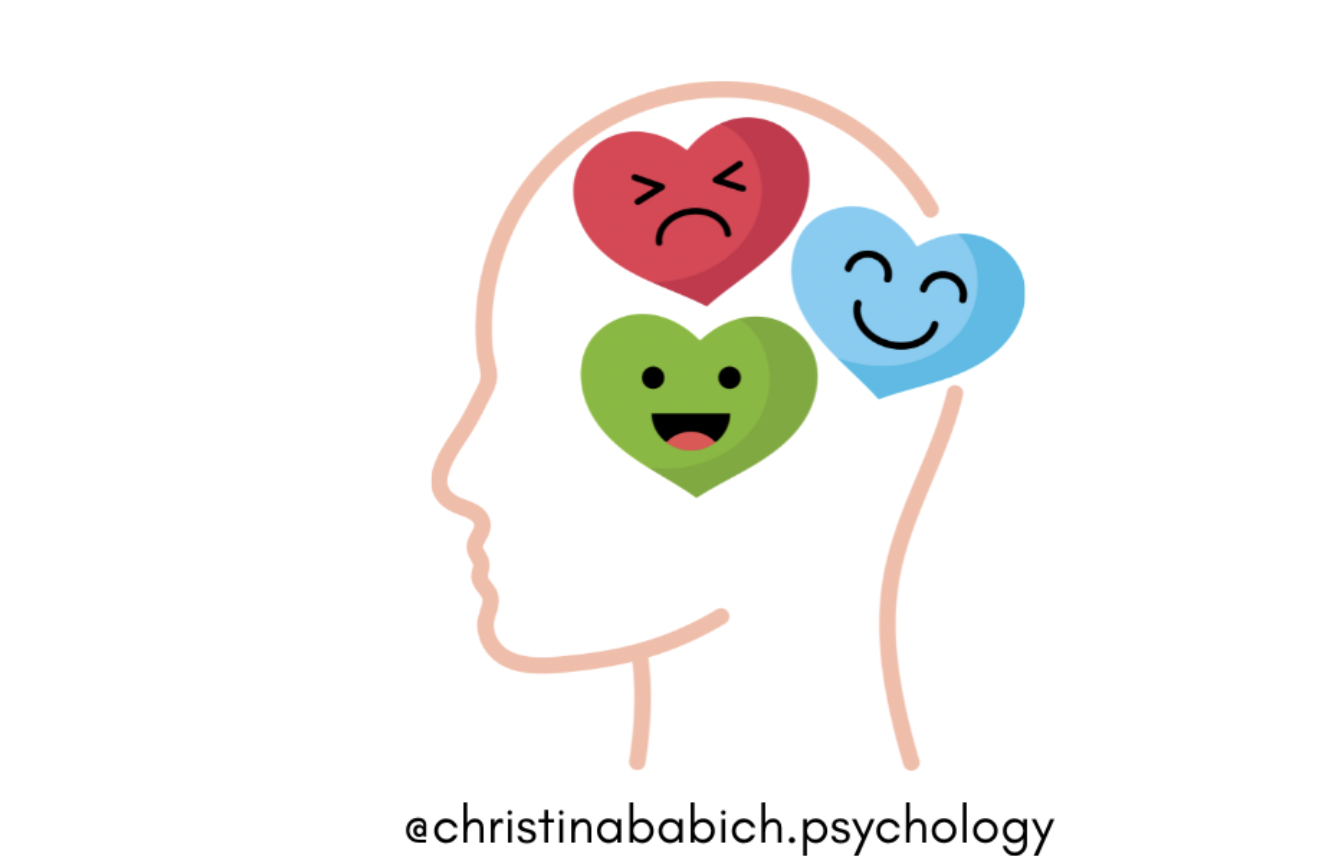Why Am I So Numb All the Time? Understanding Emotional Numbness After Trauma
Do you ever feel like you’re not really here?
Maybe you’re watching your life happen from the outside. You find it hard to connect — with people, with your body, with your emotions. You might think, "I should be feeling something," but instead you feel... nothing.
This emotional numbness is more common than you think — and it’s especially common among people who’ve lived through ongoing stress, trauma, or childhood neglect. And no, you’re not broken. There’s a very real reason your body and brain might be shutting you down.
What Is Emotional Numbness?
Emotional numbness is a state where you feel disconnected from your emotions, your body, or the world around you. You might:
- Feel blank or empty
- Struggle to cry or feel joy
- Find it difficult to connect with others
- Numb out with your phone, food, or sleep
- Experience fatigue or brain fog
Some people describe it as living in a bubble, a fog, or like they’re watching life through glass.
Why Does This Happen After Trauma?
If you grew up in an unpredictable, chaotic, or unsafe environment, your nervous system likely learned to shut down as a survival strategy. This is a form of dorsal vagal shutdown — part of the body’s natural trauma response system.
When fight or flight don’t work, your body says: "Shut it all down. Don’t feel, don’t think, just survive." Over time, this can become your default setting — even long after the danger is over.
This often happens with:
- Childhood emotional neglect
- Enmeshed or narcissistic parents
- Chronic illness or pain
- Ongoing stress or overwhelm
Signs You May Be Living in Survival Mode
- You struggle to feel joy, even in good moments
- You feel shame or guilt for "not feeling enough"
- You over-intellectualise your pain
- You have trouble being present
- You feel like you’re always "performing" your life
If this sounds like you, know that your body is doing its best to protect you — but now it's safe to begin reconnecting.
How to Begin Reconnecting
Healing emotional numbness takes time, and it starts with tiny steps. Here’s what you can begin exploring:
- Tiny Somatic Awareness
Start with your five senses. What can you feel right now? (Cold feet? A chair under you? A scent in the air?) - Give the Numbness a Voice
Gently ask: “What are you protecting me from?” Don’t demand an answer — just stay curious. - Create Micro-Moments of Safety
Sip tea, wrap yourself in a blanket, hold something soft. Nurture yourself like you would a child or a scared animal. - Limit Doom-Scrolling
Numbness often makes us chase distraction. Try replacing phone time with gentle music, doodling, or stepping outside. - Try Grounding Journal Prompts
- When do I feel most present?
- What parts of the day feel "real" to me?
- What am I noticing in my body right now?
Therapy Can Help You Feel Again
You don’t have to stay in this fog forever. Trauma-informed therapy can gently guide you out of survival mode and back into your life. As a psychologist who specializes in complex trauma, I work with people who are learning to feel again—safely, slowly, and with compassion.
If you’re ready to take the next step visit my contact page to learn more.
You’re not too far gone. You’re not broken. You’re just protecting yourself—and healing is possible.
Relevant Articles
Here are some articles that may help you understand emotional numbness, trauma recovery, and nervous system regulation:
- Why Am I So Numb All the Time? Understanding Emotional Numbness After Trauma
- Healing PTSD with Cognitive Processing Therapy (CPT)
- Healing After Betrayal: How to Recover from Toxic Relationships and Rebuild Trust
- Managing Anxiety, Burnout, and Overwhelm: Practical Self-Care Tips for Expats and Those Facing Stressful Transitions
Tags
trauma recovery, emotional numbness, CPTSD, therapy for numbness, nervous system regulation, trauma-informed therapy, emotional disconnection, trauma survival mode, healing after trauma, overcoming emotional numbness, body awareness in trauma, self-regulation tools, grounding techniques for anxiety, therapy for emotional healing, trauma healing therapy




